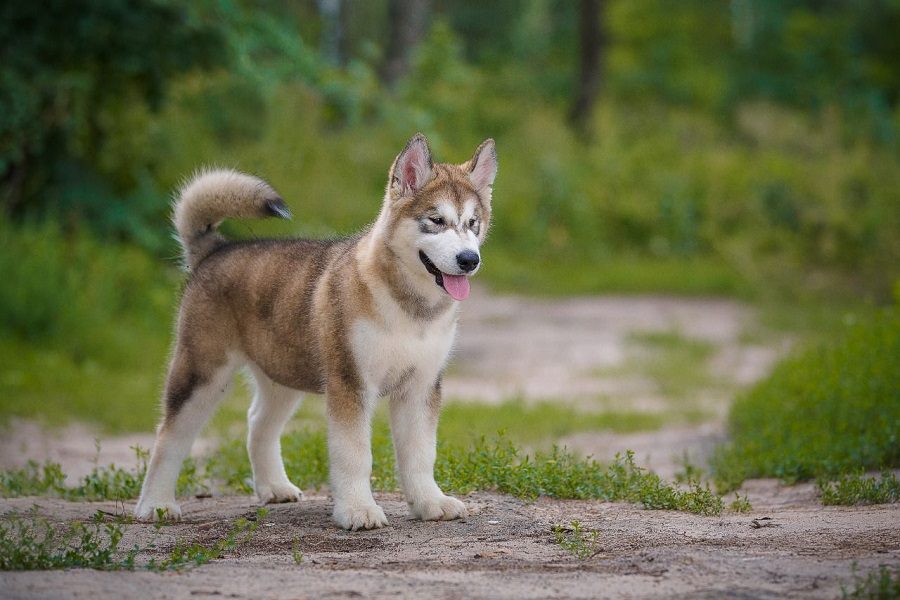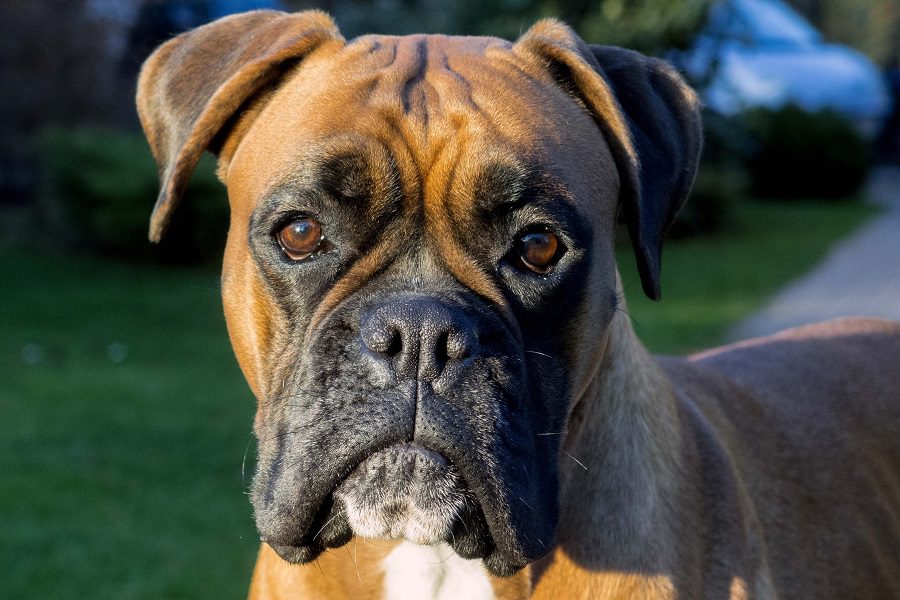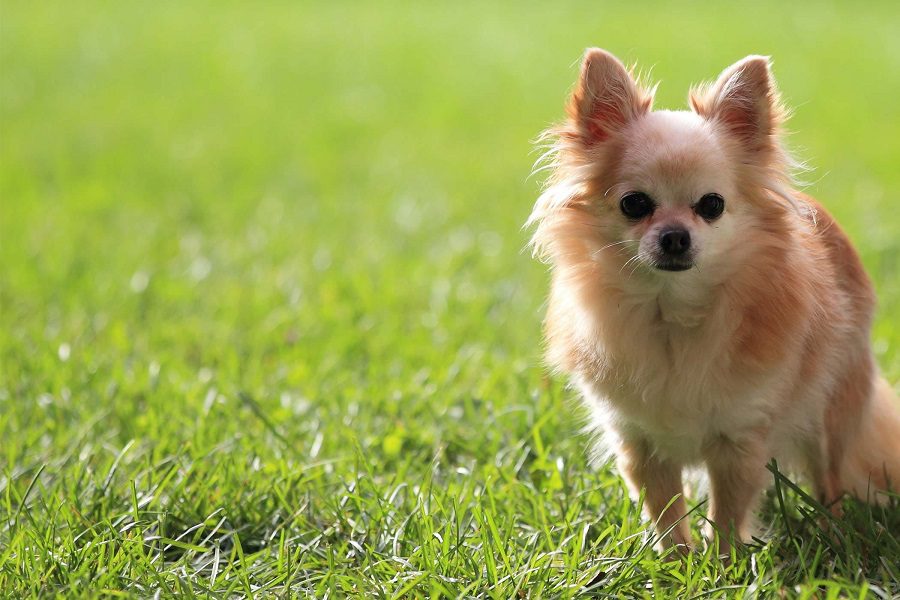Last Updated: 2 years ago
This toy dog breed is an adorable little ball of silky fluff that can be irresistible.
But before you give into the urge to buy one of these cuties, you should learn a little more about them them them so that you can be confident you are making a well-informed decision and you are prepared to meet the challenges that come with properly caring for a Maltese.
Physical Characteristics

The Maltese maxes out at just 10 inches tall and can weigh as little as 2 pounds but no more than 8 pounds. Their coat is most often solid white. But some tints of a darker ivory white or even pale lemon can sometimes be seen.
Their hair grows very, very long which means grooming is a demanding part of caring for a Maltese.
However, on the bright side, a well-nourished and healthy Maltese will not shed, so it’s great for people with allergies (or who just don’t like their furniture and clothes being covered in fur).
One fun fact: during winters or when kept primarily indoors, the nose of a Maltese will fade from black to pink or light brown.
This is perfectly safe and is referred to as the “winter nose” because, as soon as it gets regular sun exposure again, it darkens back to black.
Personality and Temperament

The Maltese have a very lively and bubbly personality. They are extremely friendly and tend to assume everyone they meet is a friend. This is a nice quality, but it does mean you should supervise your pup when you take it somewhere.
They are quite easy to train and respond best to positive reinforcement, which can be either treats or simple praise.
Although small, they can be quite energetic and playful, which makes them great pets if you have kids at home, but it can get a little exhausting when you’re just trying to relax and you’ve got a little ball of fluff bouncing around on you.
They are pretty fearless as well and are safe for younger children, but it’s always better to supervise when you’re little ones are playing. And it’s also important to socialize them from a young age so they become comfortable around people and other animals.
Common Health Issues
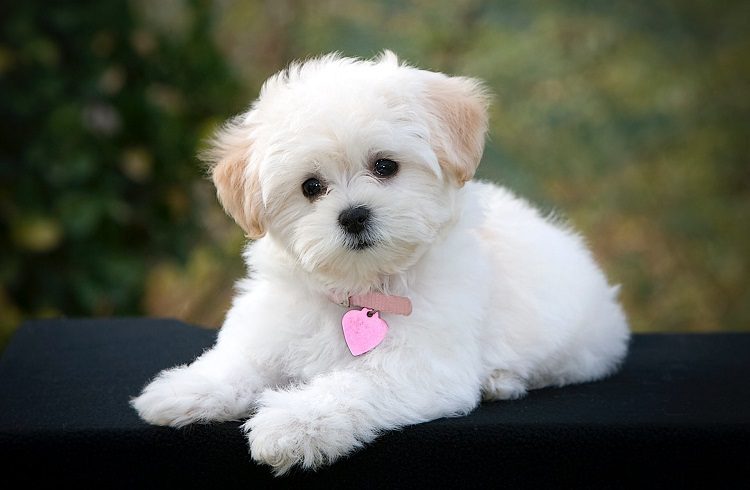
This breed is relatively healthy but there are some health risks they are more prone to than other breeds.
Here are a few of the most common or most serious ones that you should be on the lookout for:
Patellar Luxation
the patella (kneecap) can become dislocated in Maltese. This usually happens to one of the hind legs but it can happen to the front legs as well.
When it becomes dislocated, it starts to slide in and out of place which is very painful for the dog. Look for signs of limping or avoiding walking on a certain leg. It can’t be cured but it can be managed so that your pup can still lead a normal, happy life.
Portosystemic Liver Shunt
this is a disorder where the blood vessel that should deliver blood to the liver where it is cleaned develops abnormally and bypasses the liver (meaning the blood does not get cleaned properly).
Symptoms include vomiting, diarrhea, lethargy, constipation, increased thirst and urination, excessive drooling, and poor growth rate. It can be fatal in severe cases so early detection is key.
There is a surgery available but it is complicated. In less severe cases, a low protein diet can help manage symptoms. The older your dog is when symptoms appear, the more likely treatment and management will be effective.
Progressive Retinal Atrophy
this is a disorder affecting the eye. It is a slow process of degeneration that ultimately leads to blindness in the affected eye.
Annual checkups can help detect symptoms before blindness occurs. Otherwise, it’s not easy to recognize it on your own until the dog already shows signs of blindness.
White Dog Shaker Syndrome
As the name implies, this is a condition that mostly affects white dogs. Symptoms include tremors across the whole body, lack of coordination and rapid eye movements.
If your Maltese has this, episodes will start between 6 months and 3 years old and is usually triggered by excess stress or excitement. It’s not painful or fatal, but it can be managed. Talk to your vet if you suspect your dog has it.
Basic Care Instructions
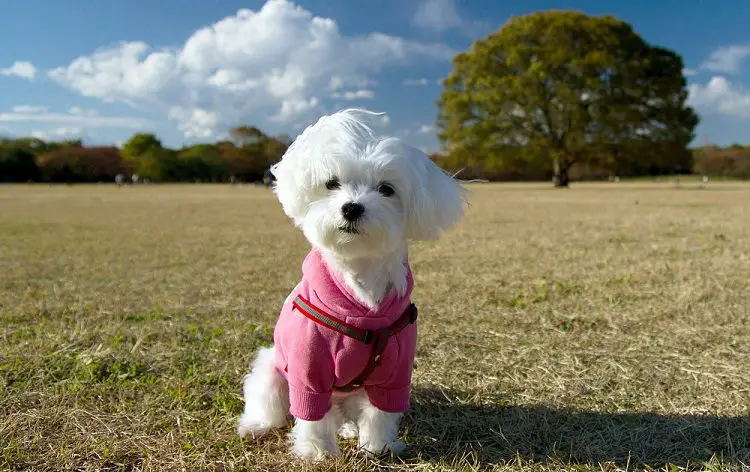
Maltese are a very playful and active breed, but they are also quite small, so they can usually get plenty of exercise by running around and playing indoors.
They will definitely love a daily walk that lets them explore the outside world, but it doesn’t take much effort on your part to get them to meet their exercise needs.
They don’t handle extreme temperatures (hot or cold) well, so this is definitely an indoor breed.
They need just ¼ to ½ cup of quality dry dog food per day, and it’s best to divide this into two meals. If you notice your pup getting a little overweight, cut back on the amount of food you feed it.
Grooming is where the Maltese become high-maintenance. If you choose to keep the fur long, you will need to brush daily and bathe your pup every 3–4 weeks. If you choose to clip it short, you will need to trim it every 6 to 8 weeks.
Final Word
The Maltese is a wonderful family dog and is great for small apartments.
They don’t shed, they love to play and be affectionate, and they don’t need a lot of food. However, grooming can be a chore, especially if you keep the fur long, so be prepared for high-maintenance grooming routines.
Resources:

